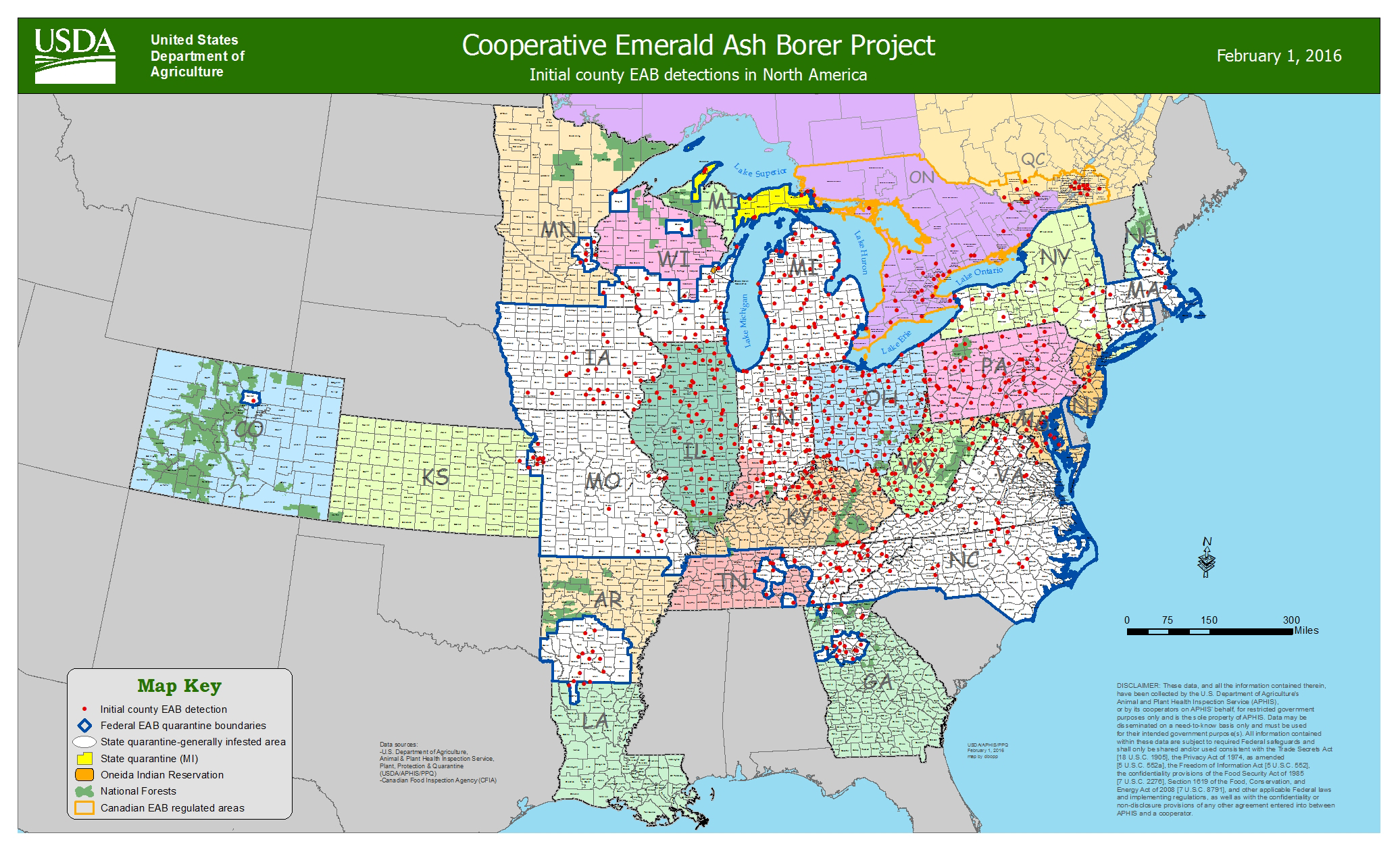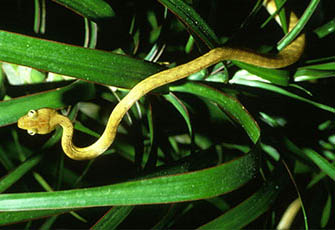Emerald Ash Borer
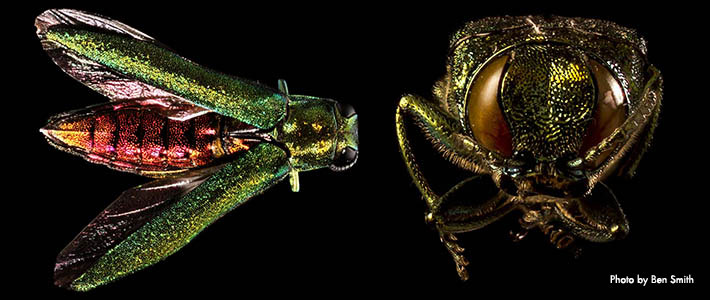
Emerald Ash Borer (Agrilus planipennis)
First discovered near Detroit, Michigan in 2002, where it is believed to have arrived in cargo imported from Asia, the emerald ash borer (Agrilus planipennis) is an exotic beetle native to eastern Russia, northern China, Japan, and Korea. While the adult beetles inflict little damage to the foliage of ash trees, it is the larvae that pose the greatest threat.
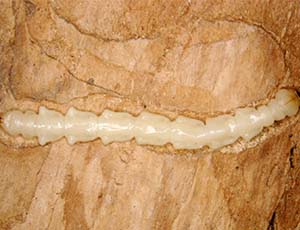
This transitional stage of the beetle’s life cycle requires the consumption of woody material (unlike the adults, which feeds on the leaf foliage) by the larvae, which they get from boring through and feeding on the inner bark of the ash trees. This feeding habit disrupts the tree’s ability to transport water and nutrients throughout the whole of the tree, from the roots to the canopy, ultimately leading to the mortality of the tree. These larvae exclusively target ash trees (Fraxinus genus) and are responsible for the destruction of hundreds of millions of ash trees in North America.
Once an infestation has occurred, all ash trees are expected to die within 10 years if no regulatory actions are taken. The loss of ash trees from an ecosystem can potentially give rise to more invasive species which will quickly replace them in fierce competition (with the native vegetation) for sunlight, soil nutrients, and space. This also results in less resources, such as food and cover, for the native fauna that depend on the ash trees for nesting, foraging, and other activities.
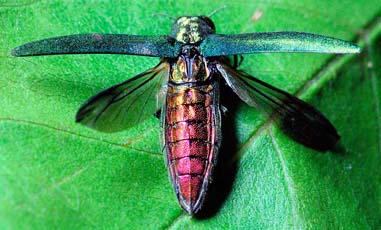
Woodpeckers, among other birds, are one category of wildlife that would quickly experience the negative impacts of less ash trees. Emerald ash borer populations are capable of spreading up to 12 miles per year, but are largely assisted by being dispersed through human activities such as selling and transporting firewood and lumber. This allows the establishment of satellite populations which can then subsequently spread into areas that were previously uninhabited.
Identification
Adult emerald ash borers are bright metallic green and grow to around 3/8 – 1/2 inches long and 1/16 inches wide (about the size of a cooked grain of rice). Their forewings may have a copper hue but are typically darker green. A bright red upper abdomen (visible when wings are spread) is diagnostic of the emerald ash borer, as they are the only species of the genus Agrilus in North America that have this characteristic. At the tip of the abdomen, a small spine is visible and their antennae become serrated starting at the fourth antennal segment.
What You Can Do
- Never transport firewood, lumber, or other wood products from a quarantine zone or area that you suspect is/was infested by these beetles. The “trails” just under the bark that are left behind by the feeding habits of the larvae will be apparently visible.
- Notify your state forestry or natural resource agency if you suspect a new infestation is occurring.
- Help educate others in your community of their impacts to native plants and wildlife, as well as the precautions that should be taken if the beetles are known to exist in your area.
Additional Resources
- Invasivespeciesinfo.gov/animals/eab.shtml
- Nrs.fs.fed.us/disturbance/invasive_species/eab/biology_ecology/planipennis
- Emeraldashborer.info/about-eab.php

